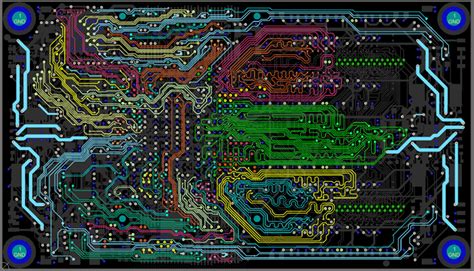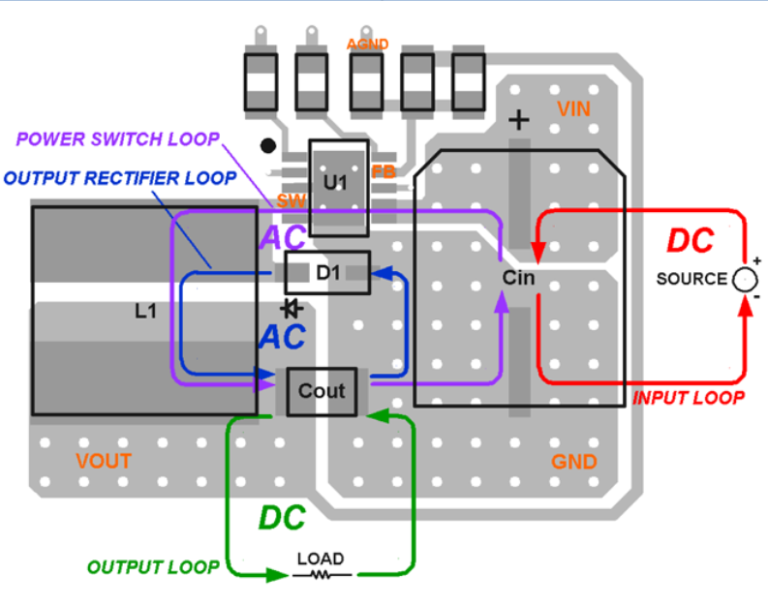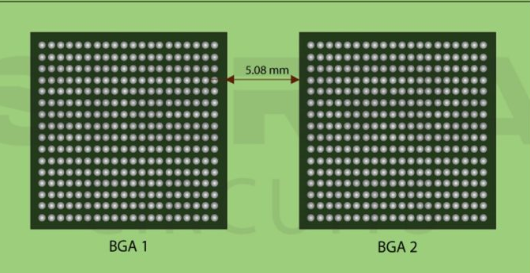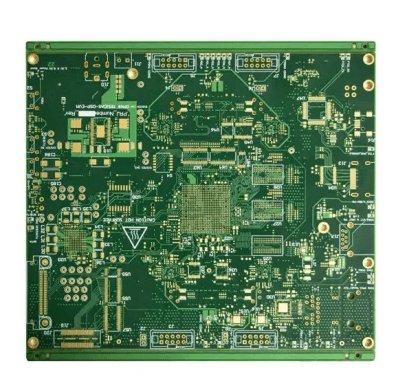PCB Assembly: Essential Circuit Board Design Tips for Optimal Performance
Printed Circuit Board (PCB) assembly is a critical process in electronics manufacturing, where design decisions significantly impact functionality, reliability, and cost. Whether you’re designing a simple single-layer board or a complex multi-layer PCB, following best practices ensures smooth assembly and high performance. This article explores key PCB design techniques to optimize manufacturability, signal integrity, and assembly efficiency.

1. Component Placement Strategies
1.1 Group Related Components Together
- Place components logically based on their function (e.g., power supply section, analog circuits, digital circuits).
- Minimize trace lengths between connected components to reduce signal interference and parasitic effects.
1.2 Consider Thermal Management
- Position heat-generating components (e.g., voltage regulators, power transistors) away from sensitive ICs.
- Use thermal vias and copper pours to dissipate heat efficiently.
1.3 Optimize for Automated Assembly
- Ensure components are aligned in the same orientation for pick-and-place machines.
- Avoid placing tall components near small ones to prevent assembly interference.
2. Routing and Signal Integrity
2.1 Follow Proper Trace Width and Spacing Rules
- Use appropriate trace widths based on current requirements (e.g., wider traces for high-power paths).
- Maintain sufficient clearance between traces to prevent crosstalk and short circuits.
2.2 Minimize Signal Path Lengths
- Keep high-speed signal traces (e.g., clock lines, differential pairs) as short as possible.
- Use impedance-controlled routing for RF and high-frequency signals.
2.3 Avoid Sharp Angles in Traces
- Use 45° angles or curved traces instead of 90° turns to reduce electromagnetic interference (EMI).
2.4 Proper Grounding Techniques
- Implement a solid ground plane to minimize noise and improve signal integrity.
- Avoid ground loops by ensuring a low-impedance return path.
3. Design for Manufacturability (DFM)
3.1 Adhere to Manufacturer’s Design Rules
- Follow the PCB fabricator’s guidelines for minimum trace width, hole size, and spacing.
- Ensure proper annular ring sizes for vias and plated through-holes.
3.2 Panelization for Efficient Assembly
- Include fiducial markers and tooling holes for accurate PCB alignment during assembly.
- Use breakaway tabs or V-grooves for easy depanelization after assembly.
3.3 Silkscreen and Assembly Markings
- Clearly label component designators, polarity indicators, and pin-1 markers.
- Avoid placing silkscreen over pads or vias to prevent assembly errors.
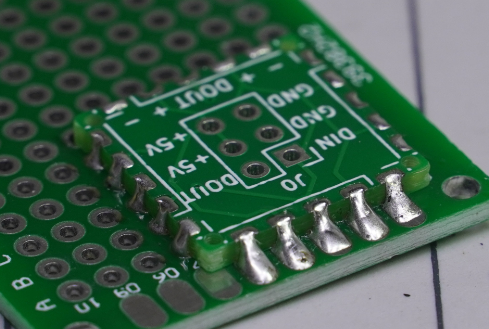
4. Power Distribution and Decoupling
4.1 Use Proper Power Plane Design
- Implement dedicated power planes for stable voltage distribution.
- Avoid splitting power planes unless necessary, as it can increase impedance.
4.2 Place Decoupling Capacitors Close to ICs
- Use 0.1 µF capacitors near power pins to filter high-frequency noise.
- Add bulk capacitors (10 µF or higher) near voltage regulators for stable supply.
5. Testability and Debugging Considerations
5.1 Include Test Points
- Add accessible test points for critical signals to facilitate debugging.
- Use through-hole test points for reliable probe contact.
5.2 Design for In-Circuit Testing (ICT)
- Ensure test pads are large enough for bed-of-nails fixtures.
- Avoid placing components too close to test points.
6. Avoiding Common PCB Assembly Pitfalls
6.1 Incorrect Footprint Selection
- Double-check component footprints against datasheets to prevent soldering issues.
- Verify pad sizes for surface-mount devices (SMDs).
6.2 Insufficient Solder Mask Clearance
- Ensure solder mask openings are slightly larger than pads to prevent solder bridging.
6.3 Poor Via Placement
- Avoid placing vias in pad centers, as they can cause solder wicking issues.
- Use tented vias to prevent solder migration.
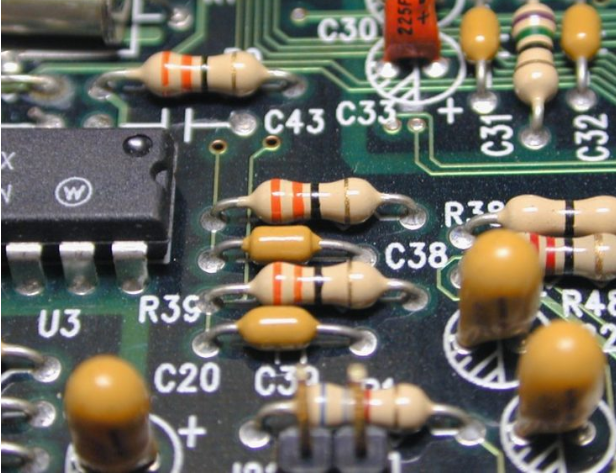
Conclusion
Designing a PCB for efficient assembly requires careful planning, adherence to DFM guidelines, and attention to signal integrity. By optimizing component placement, routing, power distribution, and testability, engineers can ensure reliable, high-performance PCB assemblies. Following these best practices minimizes manufacturing defects, reduces costs, and accelerates time-to-market for electronic products.
Would you like additional details on any specific aspect of PCB assembly design?



